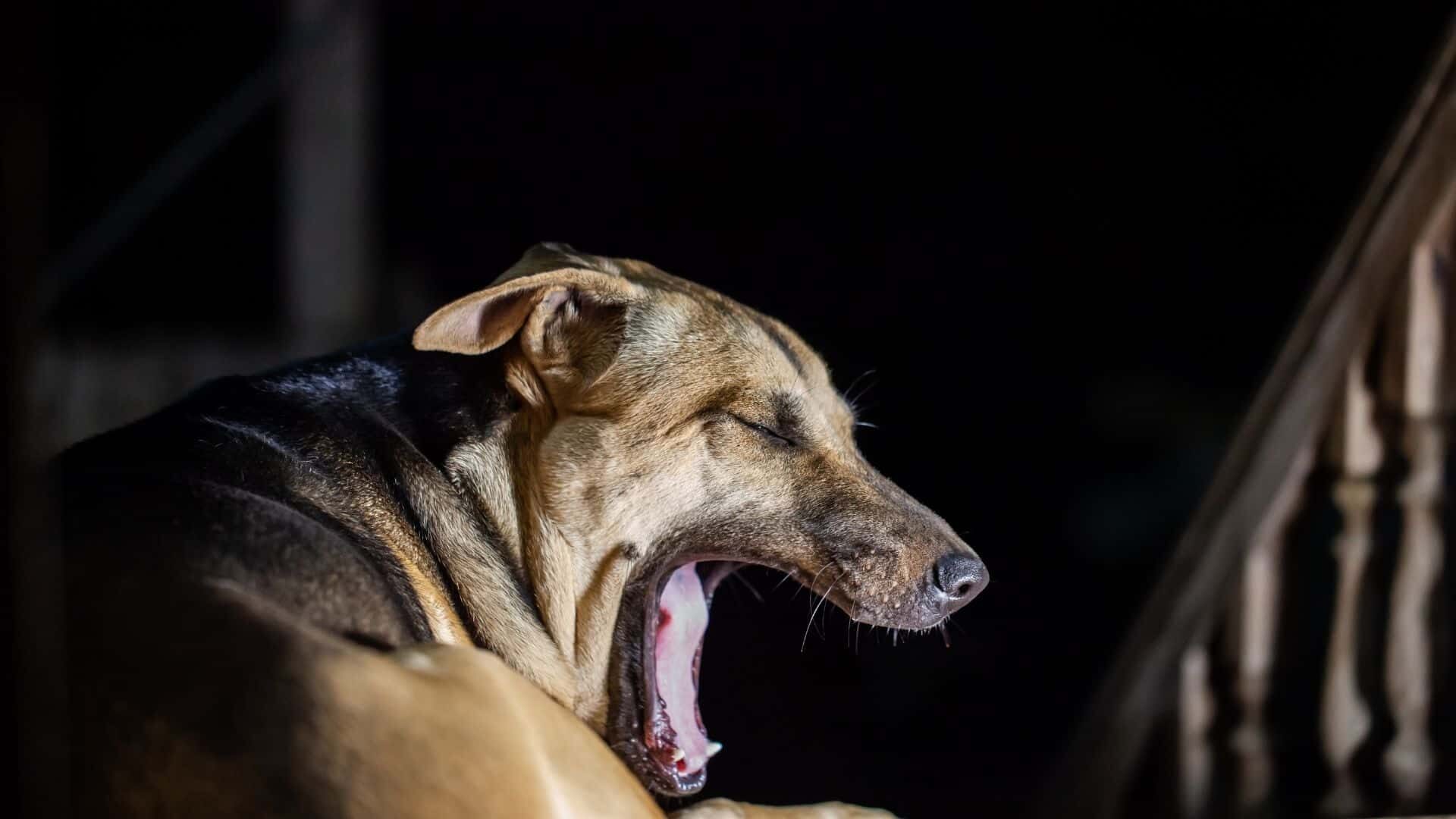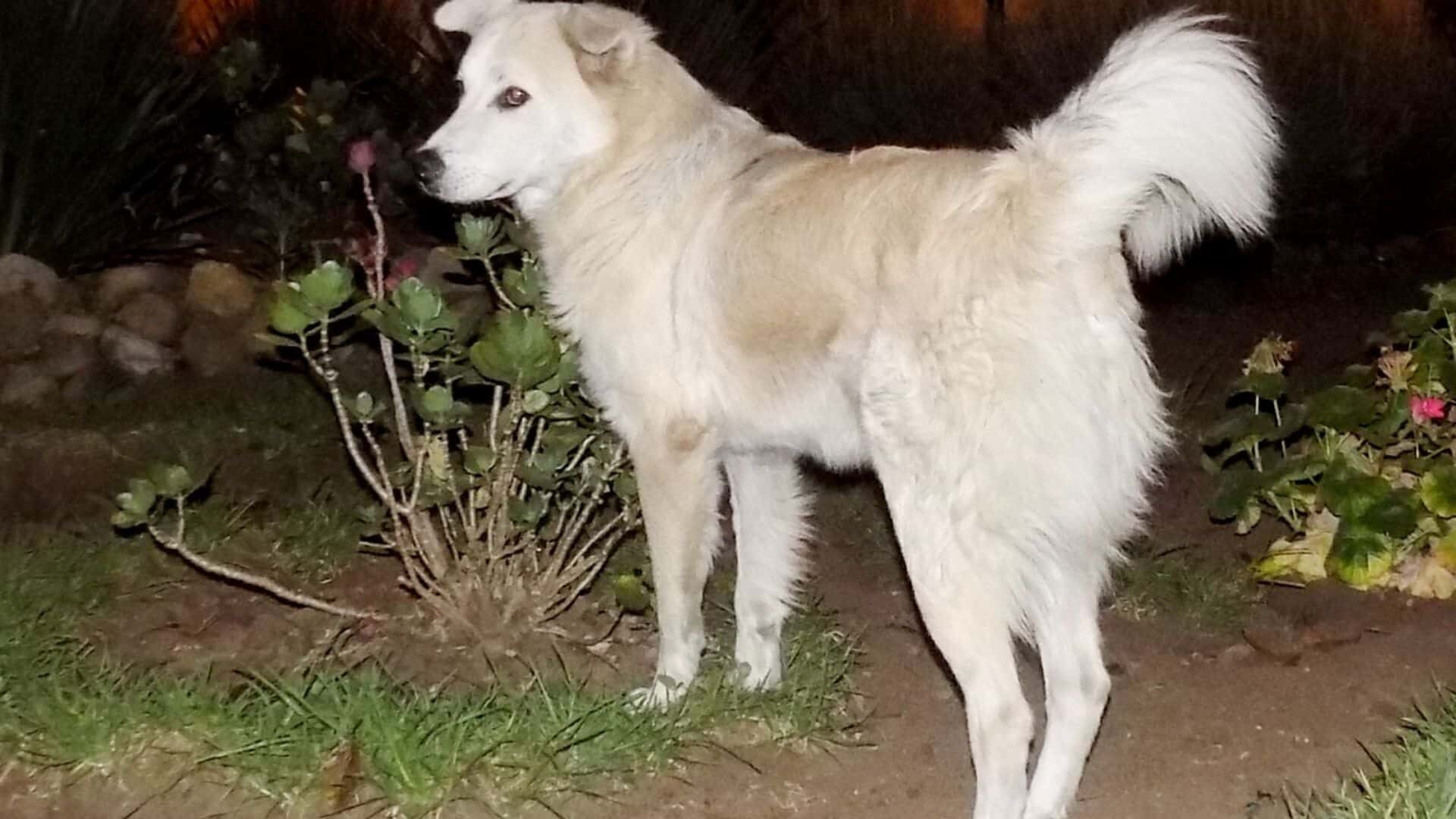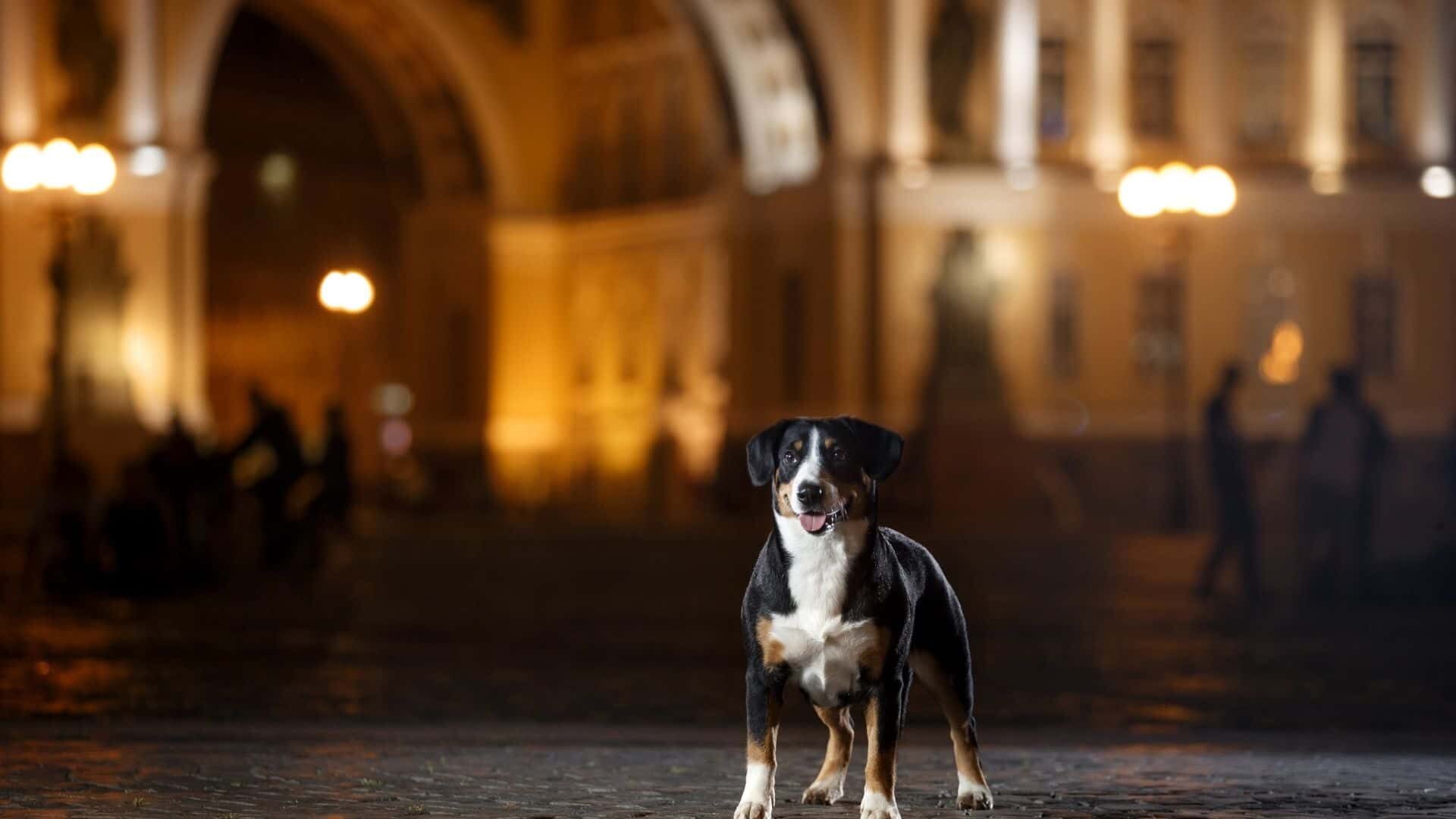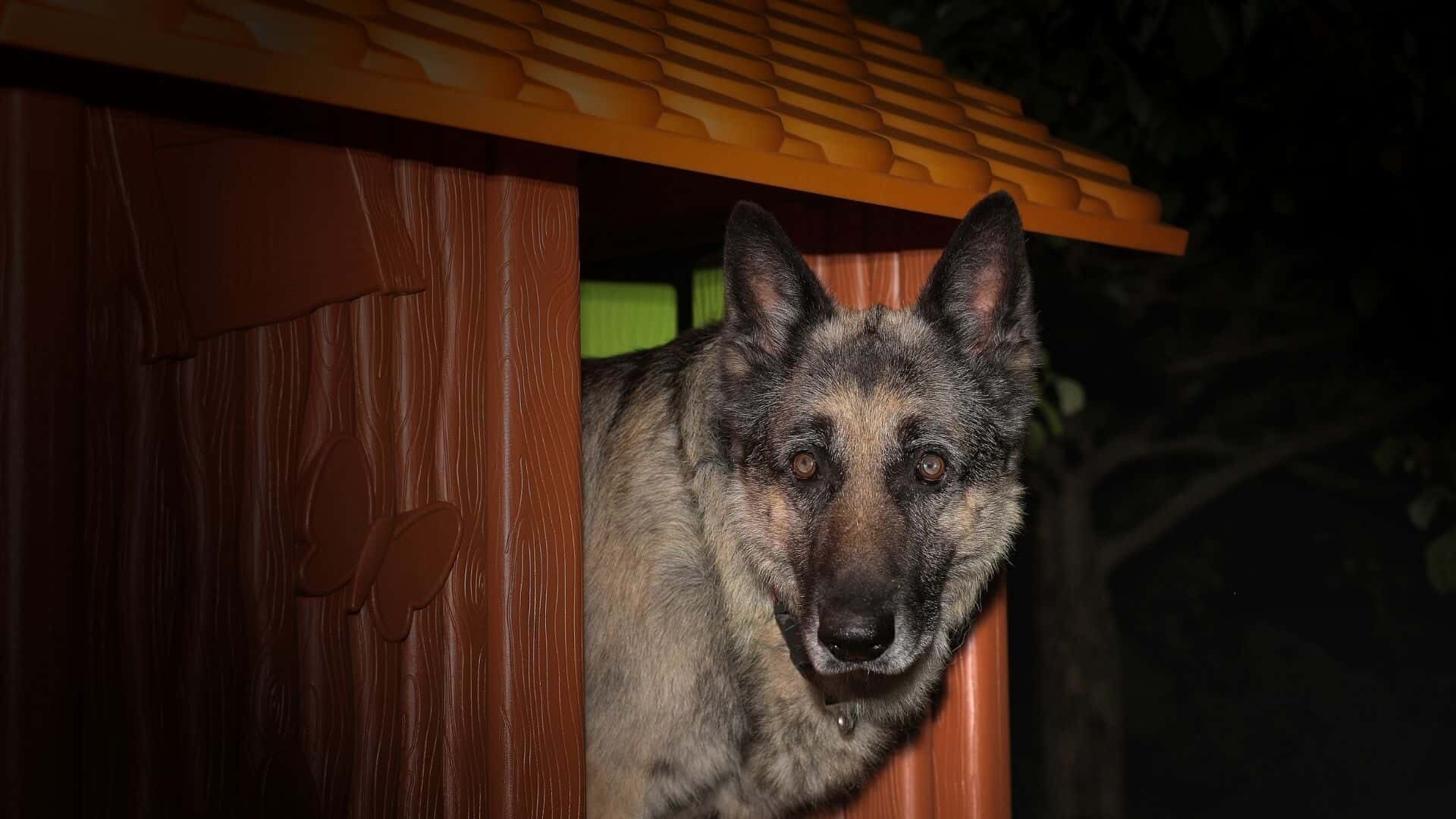Water is just as important for keeping dogs hydrated as it is for humans. However, crate training your dog complicates matters. A water bowl inside of the crate can spill; creating an uncomfortable environment for your dog in what should be her cozy, inviting den. The consequences are even worse during housetraining.
So the question is, how do you crate your dog while keeping her hydrated? Your first priority should always be to focus on providing easy access to freshwater for your dog. With that objective in mind, you can make informed decisions about whether or not to crate your dog without water, how long you can leave her crated without water, and when it is a good idea to keep water in the dog crate.
Do dogs need water at night?

No. Adult dogs in good health do not require overnight watering in their crates. Hydration is not a concern as long as your dog has ample access to water throughout the day. In addition, your dog should associate going into her crate at night with sleep, comfort, and security, not with drinking water. At night, leaving water in the crate will only impede the puppy’s housetraining progress.
However, if your dog is thirsty at night, there could be a number of causes. It could be due to dehydration. Your dog may be dehydrated if he has been outside on a hot summer day or has had diarrhea and vomiting. Or your dog may be drinking water at night to compensate for fluid loss during the day.
Diabetes can also be a factor. It occurs when a dog has an insulin deficiency or an abnormal insulin response. This causes his blood sugar levels to rise, making your dog thirstier. He may be drinking more water during the day and urinating more frequently, causing him to require more water at night.
How to give your dog water in a crate?
If your dog needs water inside her crate, use a bowl that won’t turn the crate’s bottom into a lagoon. Lying on a wet crate bottom is inconvenient and cold, and if her crate is lined with a soft dog pad, even if it is water-resistant, the pad may become soggy. In either case, prompt cleanup is necessary to avoid unsanitary conditions inside her crate.
You should choose a dog bowl that attaches to the crate’s side or tuck a no-splash travel water bowl into a corner. Most travel dog bowls are soft, which is convenient in tight quarters, and they resist slipping, so they won’t shift around.
Finally, discuss with your veterinarian how long your dog should be crated and whether she requires water. Your veterinarian understands any health or breed-specific issues your dog may be experiencing and can provide you with advice and strategies.
As a general rule, keep crate time to a minimum and plenty of water available—both inside and outside of the crate. However, there are times when putting water in your dog’s crate is the best option. You won’t go wrong if you base your decision on what is best for your dog’s needs.
Why does your dog need water in her crate at night?
There could be several possible reasons why your dog may require water at night. Possible causes include:
1. Dehydration
Your dog may be dehydrated if he has been outside on a hot summer day or has had diarrhea and vomiting. He may be drinking water at night to compensate for fluid loss during the day.
2. Diabetes
Diabetes develops when a dog’s insulin levels are low, or his insulin response is abnormal. This causes his blood sugar levels to rise, making him thirstier. He may be drinking more during the day and urinating more frequently, causing him to require more water at night.
3. Cushing’s Syndrome
Cushing’s disease is characterized by excessive glucocorticoid production in the body. When your dog produces an excessive amount of glucocorticoid, he may exhibit certain symptoms. Cushing’s disease is characterized by increased thirst, as well as muscle wastage and panting.
4. Kidney Illness
As we know, the kidneys are responsible for excreting toxins from the body through urination. If your dog has a kidney abnormality or a specific type of kidney disease, or if the kidneys are simply not functioning properly, he may require more water.
5. An ailment of the Liver
If your companion’s Liver is malfunctioning or he has liver failure, he may experience increased thirst. The Liver is also responsible for removing toxins from the body, and increased urination is one symptom of a failing liver. As a result, your dog may require more water in his system.
What factors decide, for how long can dogs go without water?

In general, a dog can go 72 hours without water, but after the first 24 hours, the effects of dehydration become apparent. Besides that, you may be doing damage that can’t be reversed.
The health of our dogs should be as important to us as the health of ourselves and our families. Though some have suggested withholding water to prevent dogs from urinating in the house or in their crate all day while their owners are at work, it is critical to never intentionally deprive your dog of water for any possible explanation.
Again, there is no hard and fast rule about how long a dog can go without water.
It is determined by a number of factors, including:
1. Age
Because an adult dog requires much more water per day than a puppy, your puppy can go without water for much longer than your adult dog. Your elderly canine companion most likely has health problems that would be exacerbated by prolonged dehydration.
2. Health
If your canine companion suffers from a medical condition, it is critical that they drink water daily, as dehydration affects every organ in the body, exacerbating any illness. Additionally, it is self-evident that a pregnant dog will require plenty of water on a daily basis.
3. Conditions of the weather
If you live in a temperate climate, your dog can go long periods of time without water than if you live in a hot, dry, or humid climate. When the weather is hot, even a few hours without water can be hazardous.
Remember that heat causes more panting, which causes more water loss in your dog.
4. Breed
A large, bushy dog with a dense coat will consume more water than a hairless breed, for example.
5. Overall way of life
If your dog is a lazy house pup (which we adore! ), she may be able to tolerate it longer than a more active dog. In general, the more active your dog is, the more water he will require and the more dehydrated he will become if he goes an extended period of time without water.
Under normal circumstances, a dog can survive without water for six to ten hours without becoming dehydrated. You need not be alarmed if you forget to refill his water bowl before leaving for work or if your dog knocks it over while you’re gone. He’ll be fine as long as he stays indoors, is kept cool, and is in good health.
6. Weight
It is recommended that dogs should drink at least one ounce of water for every pound they weigh. A 50-pound dog, for example, requires at least 50 ounces of water per day.
While a dog may be able to go up to three days without water, the dog will most likely be in poor health. If the dog is outside on a hot day, even one day without water is too much.
Should you leave water in a dog’s crate at night?

Adult dogs in good health do not require overnight watering in their crates. Hydration is not a concern as long as your dog has ample access to water throughout the day. In addition, your dog should associate going into her crate at night with sleep, comfort, and security, not with drinking water.
It’s also a good idea not to leave water in the dog crate, especially if you’re potty training your puppy. Because puppies’ bladders fill quickly, it is likely to increase the number of accidents inside the crate. A crate-mounted bottle or bowl is ideal because it will not spill or be knocked over.
Why is water so important for puppies?
Water aids in metabolic processes such as digestion, brain activity, blood flow, and breathing. Blood is mostly water, and as it circulates through your dog’s body, it removes harmful toxins and transports oxygen. This exchange cannot occur in the absence of water, which can be harmful to vital organs.
Water also helps to keep your puppy’s body temperature stable. You may notice your dog panting in hot weather. Panting keeps a dog cool by allowing water to evaporate. However, because he is losing water through his tongue, he may need to drink more water than usual.
Adult dogs require approximately one ounce of water per pound of body weight per day. Despite their smaller size, growing puppies drink more than their adult counterparts. However, a lot depends on your puppy’s age, size, and activity level.
Young puppies get their hydration from their mother’s milk. They will require a fresh supply of water as they are weaned and begin to eat solid food. In general, young puppies require about a half-cup of water every two hours. You’ll want to monitor your puppy closely to ensure he’s getting enough water and not drinking excessively.
Weaned older puppies require between half and one ounce of water per pound of body weight per day. For instance, if your dog weighs twenty pounds, he will require between ten and twenty ounces of water daily. On particularly active days, he may require even more water.
Watch 24 hours in 15 minutes | puppy left home alone with surveillance camera | Video
Top 5 FAQS & Answer on leave a dog without water overnight
How long can a dog go without water?
Your pet can go for 72 hours without drinking water (three days). However, after the first 24 hours, it will show signs of dehydration. If you go beyond that, your pet will gradually become weaker.
Should dogs drink water after going for a walk?
When going on a long hike, walk, or run with your dog, always bring plenty of water for both of you. Stop for water breaks every mile or so, or whenever you notice your dog panting heavily, allowing her to drink just enough to quench her thirst each time.
What Causes Dog Dehydration?
Dehydration can occur if a dog does not have adequate access to water or does not drink enough. Whether you’re at home or go for a portion of the day, make sure your dog has enough water.
Should I take my puppy’s water away at night?
It is best to take your puppy’s water bowl away at night. Be consistent with the time you remove water, just as you are with feeding times. Remove the food and water bowl two to three hours before bedtime as a general rule.
Is it possible for dogs to hold their pee overnight?
Urinary frequency in dogs varies depending on age, gender, body size, and overall health. Normally, while sleeping, dogs can go for 8 to 10 hours without urinating. All dogs, however, must be taken out after a meal or drink, upon waking up, and after a period of play.
Conclusion

In most cases, healthy dogs do not need water at night if they have been adequately hydrated during the day. Your dog’s crate should only be used for sleeping. It should be a safe haven for you and your family, not a place to eat or drink.
As a general rule, never leave water in your dog’s crate overnight, especially if it’s a puppy. Crate water at night will likely increase the chances of accidents when ‘potty training’ your puppy. Puppies can easily and quickly fill their bladders. This will make your pet’s crate messy and uncomfortable.
The only time you should provide crate water for your adult dog is if it spends more than 4 hours in the crate in a row during the day. It is acceptable to leave water in the crate as long as your pet is healthy and housetrained.





